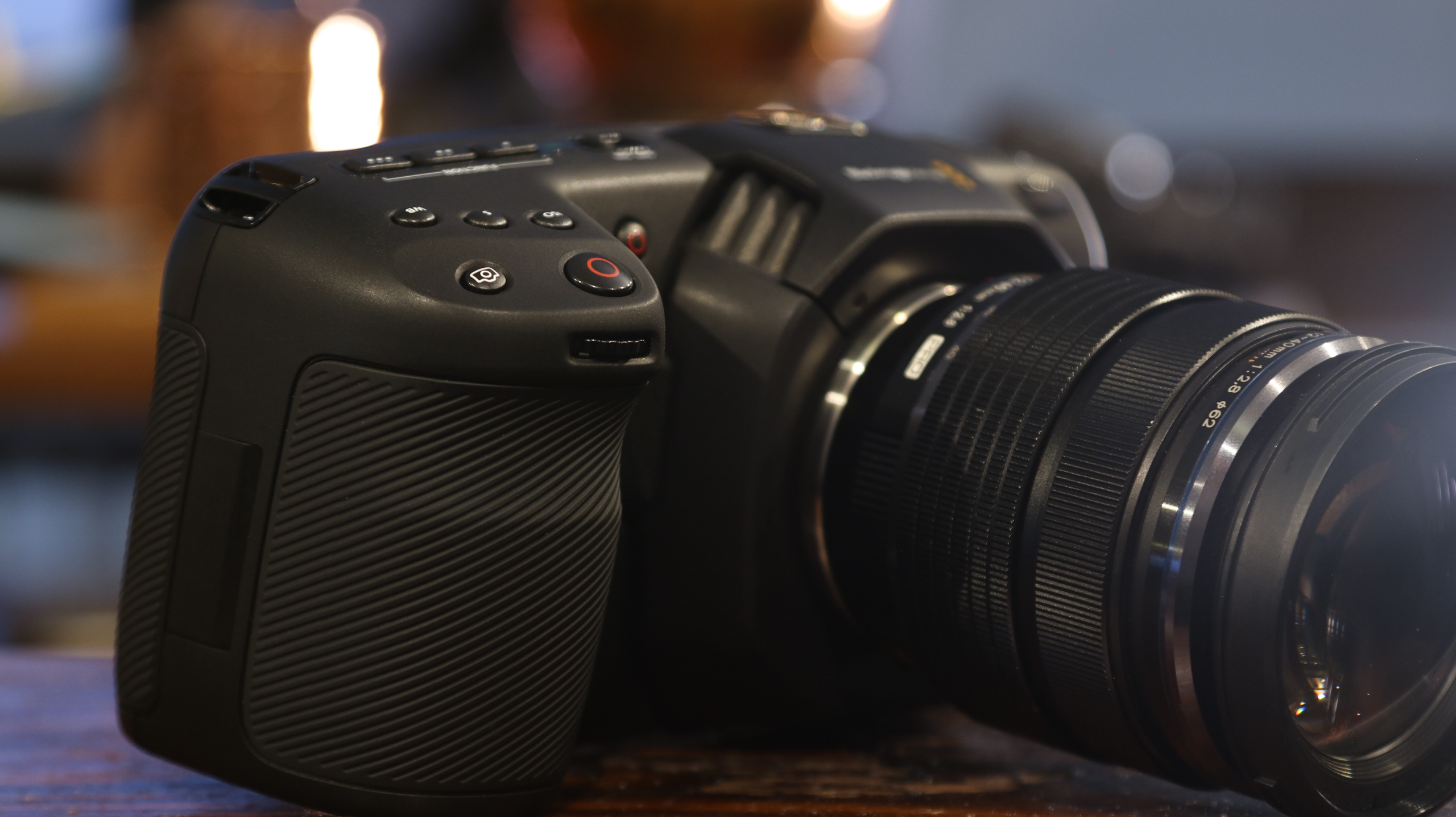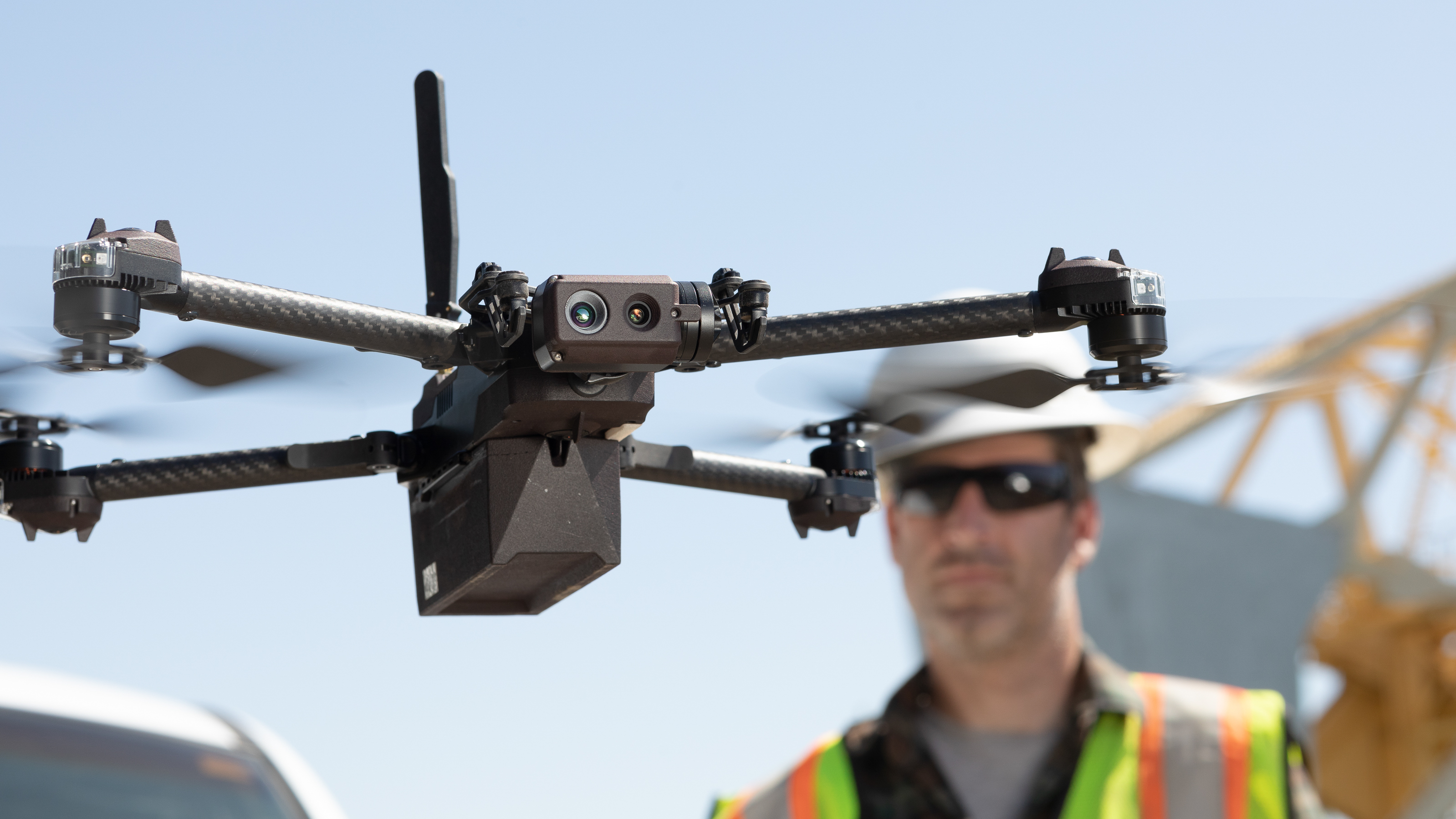Digital Camera World Verdict
With a Micro Four Thirds sensor and lens mount, dual native ISO and a hardware/software combination you would expect to see in a £2,000+ movie camera, the Blackmagic Pocket Cinema Camera 4K looks versatile and capable. When you consider its asking price of £1,134/$1,300 – significantly less than the Panasonic GH5S – for video, it makes a lot of sense.
Pros
- +
Excellent range of ports
- +
Giant 5-inch touchscreen
- +
Shoots RAW video
- +
MFT lens mount
Cons
- -
No flip-out screen
- -
No ND filter
- -
No continuous AF
Why you can trust Digital Camera World
Blackmagic has been making cameras for about six years, ranging from small form-factor film cameras through to pro-grade studio cameras, all with a focus on video.
The Pocket Cinema Camera lineup received a solid reception when it launched, although the sacrifices made in terms of ports and battery life always held the series back.
Now, the Pocket Cinema Camera 4K has arrived, combining a new design, a killer port array and better battery life, as well as dual memory card slots in a compact body, making it strong rival to the best camcorders out there right now, not to mention the latest 4K-enabled mirrorless cameras.
With a Micro Four Thirds lens mount, there’s plenty of fantastic glass you can pick up at launch – from Olympus, Panasonic, Zeiss, Voigtländer, Sigma and others. It takes a different approach to the best 4K cameras out there right now, so let's take a closer look.

Features
At the heart of the Pocket Cinema 4K is a Micro Four Thirds sensor. Unlike some stills cameras with much higher native resolutions that may introduce an annoying crop factor when shooting video, Blackmagic's sensor has a native 4K resolution of 4096 x 2160 that utilises the whole image sensor, so no crop factor. There's also enough processing power to shoot in 4K at 60fps, and Blackmagic claims the sensor is capable of capturing up to 13 stops of dynamic range.
Being very much a video camera first and foremost, there are pro-spec recording formats available, including various compression options of CinemaDNG RAW and Apple's ProRes 422 codec. You also benefit from dual native ISO. Choose between ISO 400 and ISO 3,200 depending on your ambient lighting conditions. Then in post production you can select any ISO between 100 and 1,000 if you shot at ISO 400 in-camera, or there's an ISO range of 1,250 to 25,600 available in post if you originally shot at ISO 3,200. It all translates to amazing dynamic range and editing flexibility.
Power comes from an LP-E6 battery – the same type used in cameras like the Canon 5D IV and 7D II. It's a popular battery form-factor available from a wide variety of manufacturers, so buying extras shouldn't cost the earth. A good thing, since battery life is quoted at only 60 minutes. Fortunately, there's also a 2-pin DC power input that's perfect for studio shoots, when hard-wired power options are a blessing.
Alternatively, you can charge the camera using its USB-C port. While it won’t power the camera live when out shooting, if you have a reasonably new Android phone, you could at least leave the house with just one charger. What's more, the USB port also enables external recording in compressed formats, so you can connect a USB portable SSD for additional storage capacity.
On the subject of storage, the Pocket Cinema Camera 4K features one SDXC card slot and a CFast 2.0 slot, with the latter being the only current card type that can support RAW 4K filming.
A good selection of ports is a must for shooting video, as many will want the ability to connect gear like external mics or a larger video monitor. Fortunately the Pocket Cinema 4K is well stocked for port options. Though it already packs higher-quality microphones (4 in total) than we’ve seen from the Blackmagic Pocket series before, you also get a 3.5mm headphone out and separate 3.5mm microphone in.
While audio can be fed in using the 3.5mm microphone input, the mini XLR port will be a more popular option for video professionals, as its phantom power support means the camera can power an external microphone containing active sound processing. XLR is also an industry-standard connector in the pro video sector that plays nicely with everything from wireless mics through to concert hall audio rigs, adding a huge amount of audio clout to this small camera.
The Pocket Cinema 4K comes with a free copy of Davinci Resolve, so you don’t even need to invest in any pricey software to get cracking with your 4K edits.

- 18.96mm x 10mm MFT (Micro Four Thirds) sensor
- MFT lens mount
- Dual Native ISO ranges – 400 and 3200
- 4096 x 2160 (4K DCI), 3840 x 2160 (Ultra HD), 1920 x 1080 (HD) shooting resolutions
- 13-stops of dynamic range
- 5-inch Full-HD fixed touchscreen
- Integrated stereo microphone
- Polycarbonate/carbon fibre composite body
- Dual SD/CFast card support
- Includes full DaVinci Resolve edit software licence
- Blackmagic OS touch interface
- Records RAW internally
- External recording to USB-C hard drive
- LP‑E6 Battery with USB-C charging
- Lockable DC port on side – Weipu 2-pin connector

Build and handling
Weighing 722g and sporting a retro, 90s aesthetic, the Pocket Cinema Camera 4K is decent feeling bit of kit. Ditching the weather-sealed magnesium alloy of some more premium cameras has kept the weight manageable, though it still packs enough heft to deliver good weighting when steadied in two hands.
The body has a combination of textures, with a ribbed grip for a secure hold. The front of the Pocket Cinema Camera 4K houses the lens mount, a horizontal rotating dial and a new improved dual microphone set-up. There’s also a front-mounted record button and an LED light.
The main topside buttons include a record button and a 4K stills capture button, along with quick access to ISO, shutter angle and white balance. Three handy customisable function buttons are also in easy reach, as too is the power switch.

Rigging options aplenty, the Pocket Cinema Camera 4K has a standard tripod thread mount at the base with an additional mount where the hot shoe might be on a stills camera, perfect for an external monitor or LED light.
The incredibly spacious Full HD capacitive touchscreen on the back measures in at five inches, is nice and responsive and showcases Blackmagic OS, the company’s proprietary interface. This is paired with focus-check, HFR, menu and playback physical buttons.
At the base is a battery door which is removable, to the left sits a dual card slot while to the right are all the ports.

Performance
With 13-stops of dynamic range and dual native ISOs (ISO 400 and ISO 3,200), the Pocket Camera 4K is tuned to handling noise and retaining tonal detail in situations notoriously hard for video. This also means it’s all set to capture HDR content.
Blackmagic has also created an extended video mode, sitting somewhere between RAW and compressed, which delivers a broader tonal range ready for grading.
In the comparison gallery below you can see how the Pocket Cinema 4K compares to the Canon C300 and a range of high spec stills cameras including other MFT models like the Panasonic GH5S and Olympus OM-D E-M1 II.
The studio test scene is recorded in 4K resolution on all the test cameras, with a still frame extracted for visual comparison. The frame the Pocket Cinema 4K's footage has slightly more muted colours and subdued contrast, but this lends itself well to colour and contrast enhancement in post production.



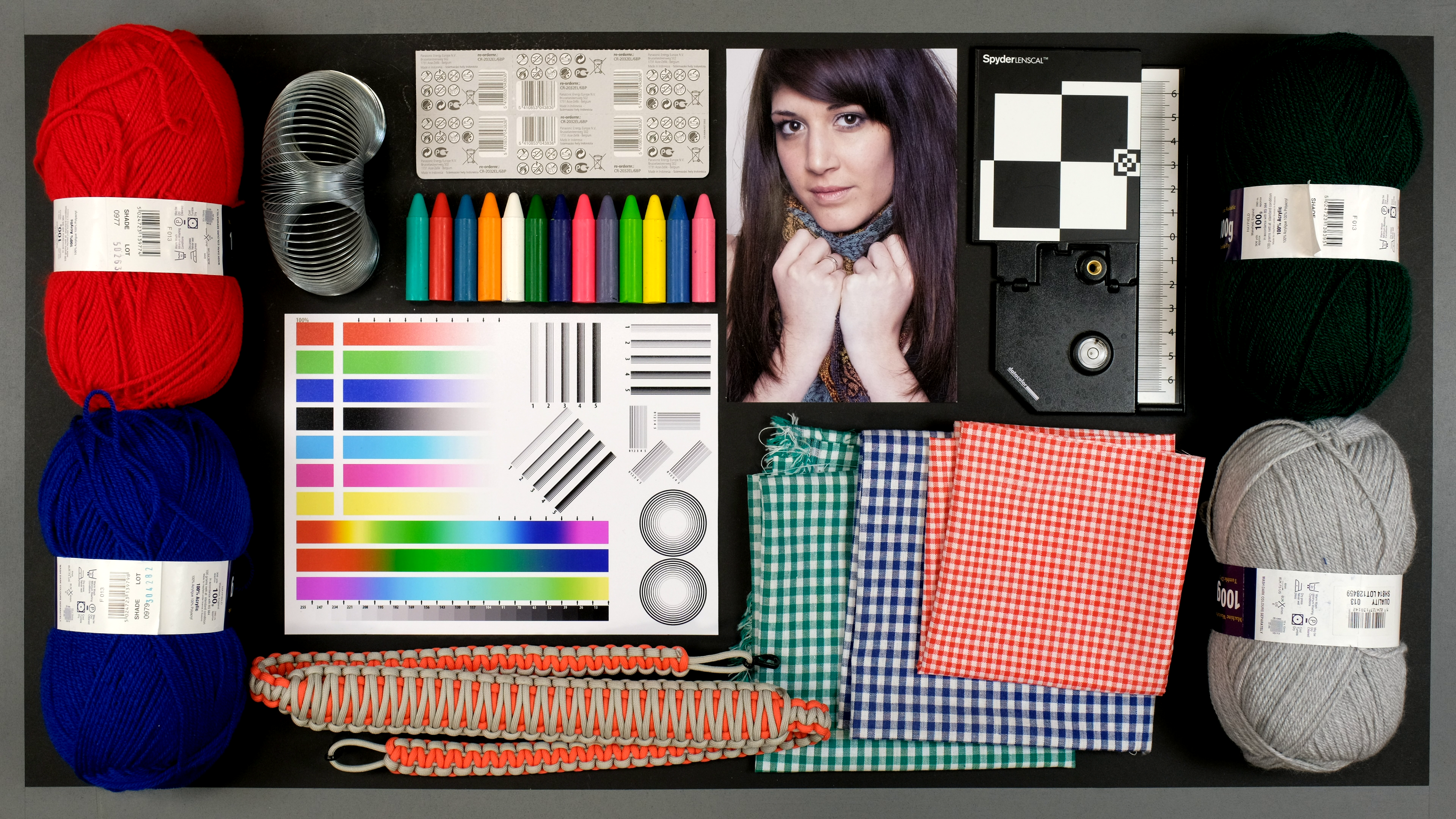




And here are 100% crops from the 4K stills. Default colour from the Pocket Cinema 4K compares favourably to the much more expensive Canon C300. While the Panasonic GH5S and Olympus OM-D E-M1 II both offer more vibrant footage by default, the Pocket Cinema 4K is all about letting you set your own colour preferences during the edit and not be restricted by the camera's own colour rendition.

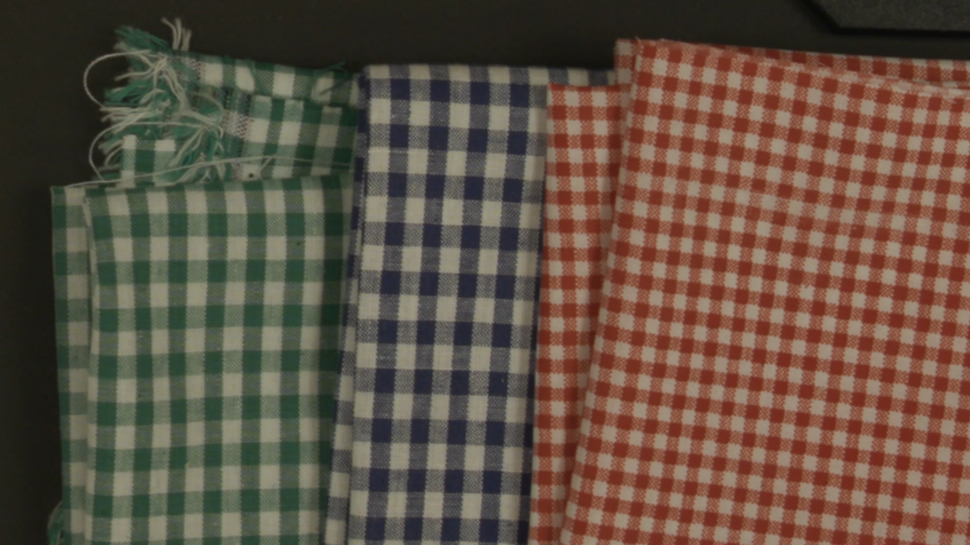
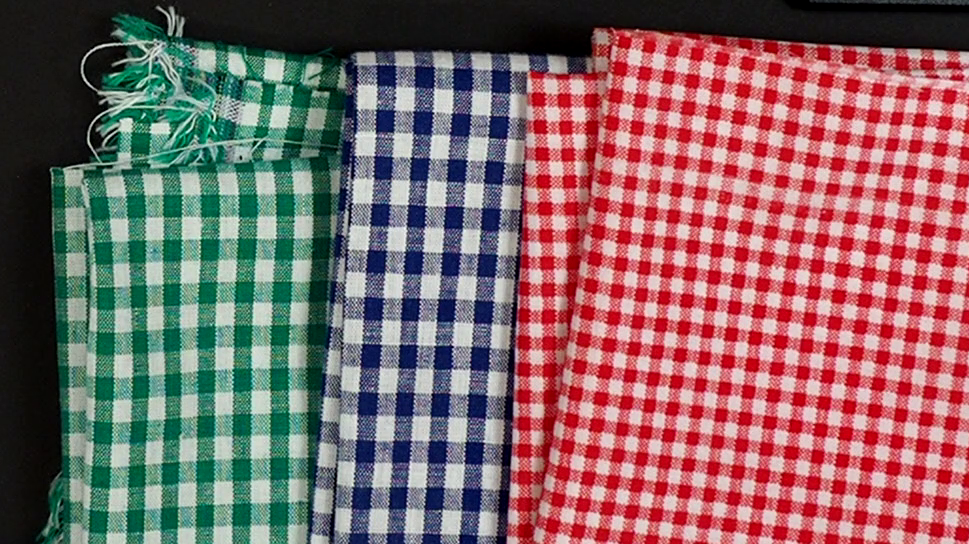

Verdict
In a world of mirrorless stills cameras that can shoot good quality 4K video, the Pocket Cinema 4K can at first see like a less versatile contender. But it's this video-focused ethos that makes it stand out. The ability to shoot Raw video out of the box is something stills cameras rarely offer, and it offers filmmakers and enthusiasts much more retrospective control over their productions.
Then there's Micro Four Thirds (MFT) sensor and lens mount. This gives you a huge choice of compatible lenses, and by using a sensor with a native 4K resolution, whichever optic you fit, crop factor will be negligible. The same can't be said for a stills camera like the Canon 5D IV.
Downsides? Shooting Raw video is great for those willing to put in the time in post in order to get the best possible colour and dynamic range, but if you just want attractive footage straight out of the camera, a stills camera like the Panasonic GH5S is still a good bet.
It's a pity Blackmagic hasn’t included continuous autofocus, so Canon is still winning this battle. The lack of ND filter also means if you need to flit between shooting indoors and outdoors at a moment’s notice regularly, you will still be better served with something like a Cinema EOS C100.
That said, it always comes back to bang for buck with the Pocket Cinema Camera 4K. When you consider the fact you have a mini XLR audio input as well as USB-C storage support for recording to hard drives, a full sized HDMI port and dual card slots, the Pocket Cinema Camera 4K leapfrogs the competition in almost every video-centric area.
When you consider that the camera also ships with a full licence for Davinci Resolve, an excellent bit of pro video-editing software that costs £239, the Pocket Cinema 4K is quite a bargain. If you want to get serious about video and have a film-making tool that can grow with your skill, this is the new benchmark.

Also read
The best 4K cameras for filmmaking
The 12 best cameras for vlogging
The best cine lenses
Top 25 films about fictional photographers
Basil Kronfli is a freelance technology journalist, consultant, and content creator. He trained in graphic design and started his career at Canon Europe before moving into journalism. Basil is also experienced in video production, independently running the YouTube channel TechEdit, and during his time at Future, he worked alongside the Digital Camera World team as a senior video producer.
